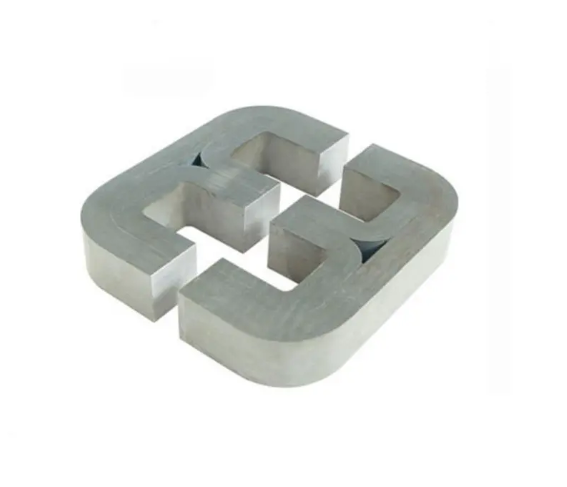Copper shunts are essential components in various electrical and electronic applications and play a key role in circuits that require accurate current measurement and management. This article takes an in-depth look at the significance of copper shunts, their applications, and their benefits in modern technology.
Understanding Copper Shunts
A copper shunt is a low resistance conductor made of copper that is used to divert or measure current in a circuit. A “shunt” refers to a device that creates a parallel path for an electric current, allowing the current to be measured without interrupting the circuit. Copper is the material of choice for shunts because of its excellent conductivity, durability, and resistance to corrosion.

Main characteristics of copper shunts
1. Low Resistance: Copper shunts are designed to have minimal resistance, ensuring they do not significantly affect overall circuit performance.
2. High Conductivity: Copper’s high conductivity enables efficient current flow, making it ideal for applications where precision is critical.
3. Thermal stability: Copper shunts can withstand different temperatures and maintain their performance under different environmental conditions.
4. Versatility: They can be manufactured in a variety of shapes and sizes, making them suitable for a wide range of applications.
Application of copper shunt
Copper shunts are used in a wide range of industries including automotive, telecommunications, renewable energy, and industrial automation. Here are some of the most noteworthy applications:
1. Current measurement
One of the main applications of copper shunts is current measurement. They are often used in conjunction with an ammeter to provide an accurate reading of the current flowing through a circuit. By placing a copper shunt in series with a load, the voltage drop across the shunt can be measured, allowing the current to be calculated based on Ohm’s law (I = V/R).
2. Power distribution system
In power distribution systems, copper shunts are used to monitor and manage electrical loads. They help balance the loads on different phases, ensuring that no single phase is overloaded. This is critical to maintaining the stability and efficiency of power systems, especially in industrial environments where power consumption is high.
3. Battery Management System
In electric vehicles (EVs) and renewable energy systems, copper shunts play a vital role in battery management systems (BMS). They are used to monitor the current flowing in and out of the battery, ensuring optimal charging and discharging cycles. This helps extend battery life and improves the overall performance of the energy storage system.
4. Electric vehicles
The automotive industry has seen a significant increase in the use of copper shunts, especially in electric and hybrid vehicles. They are used to monitor the current flowing through the motor and battery system, providing real-time data that is critical to the efficient operation of the vehicle. This data is essential for the vehicle control system to optimize performance and energy consumption.
5. Renewable Energy Systems
As people pay more and more attention to renewable energy, copper shunts are becoming more and more important in solar and wind energy systems. They are used to measure the current generated by solar panels or wind turbines, allowing effective monitoring and management of energy production. This data is essential to optimize the performance of renewable energy systems and ensure that they operate at peak efficiency.
6. Industrial Automation
In industrial automation, copper shunts are used in various control systems to monitor current levels in motors and other equipment. This monitoring helps detect faults, prevent equipment damage, and ensure smooth operation. By providing real-time data on current consumption, copper shunts can enable predictive maintenance, thereby reducing downtime and maintenance costs.
Advantages of using copper shunts
Using copper shunts has several advantages that make them the preferred choice in many applications:
1. Accuracy: Copper shunts provide precise current measurement, which is essential for the efficient operation of electrical systems.
2. Reliability: The durability and corrosion resistance of copper ensure that the shunt can maintain its performance for a long time even in harsh environments.
3. Cost-effectiveness: Copper is relatively cheap compared to other conductive materials, which makes copper shunts a cost-effective solution for current measurement and management.
4. Easy to integrate: Copper shunts can be easily integrated into existing systems, making them a versatile choice for a variety of applications.
In conclusion
Copper shunts are essential components in modern electrical and electronic systems, providing accurate current measurement and management in a wide range of applications. Their versatility, reliability, and cost-effectiveness make them a top choice in industries such as automotive, renewable energy, and industrial automation. As technology continues to advance, the role of copper shunts is likely to expand further, further improving the efficiency and performance of electrical systems around the world. Understanding their applications and benefits is essential for engineers and technicians working in these fields to ensure they can fully utilize the potential of this technology.
Post time: May-08-2025

